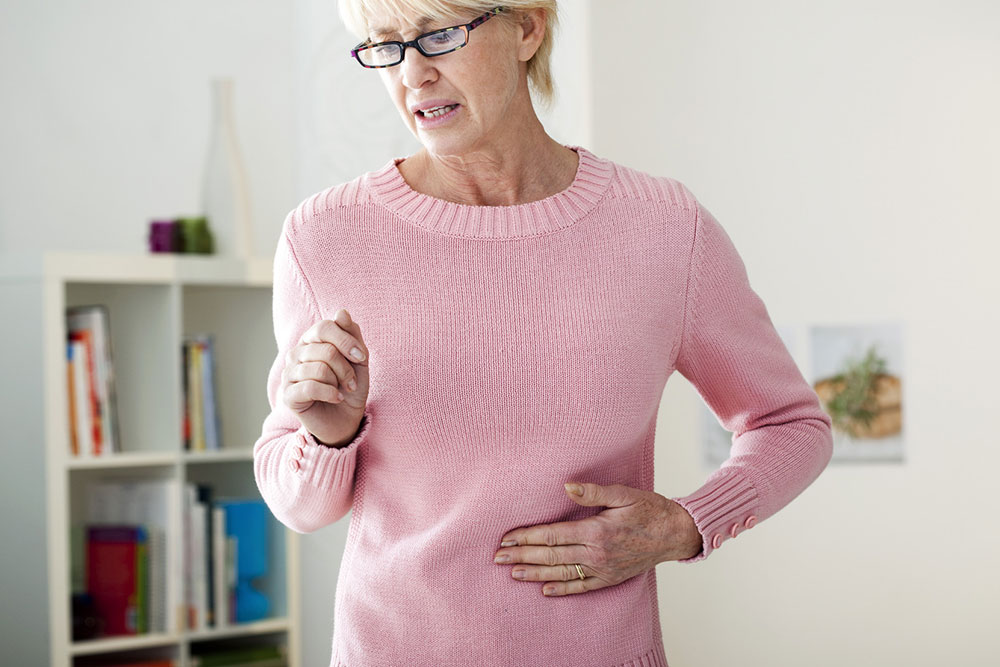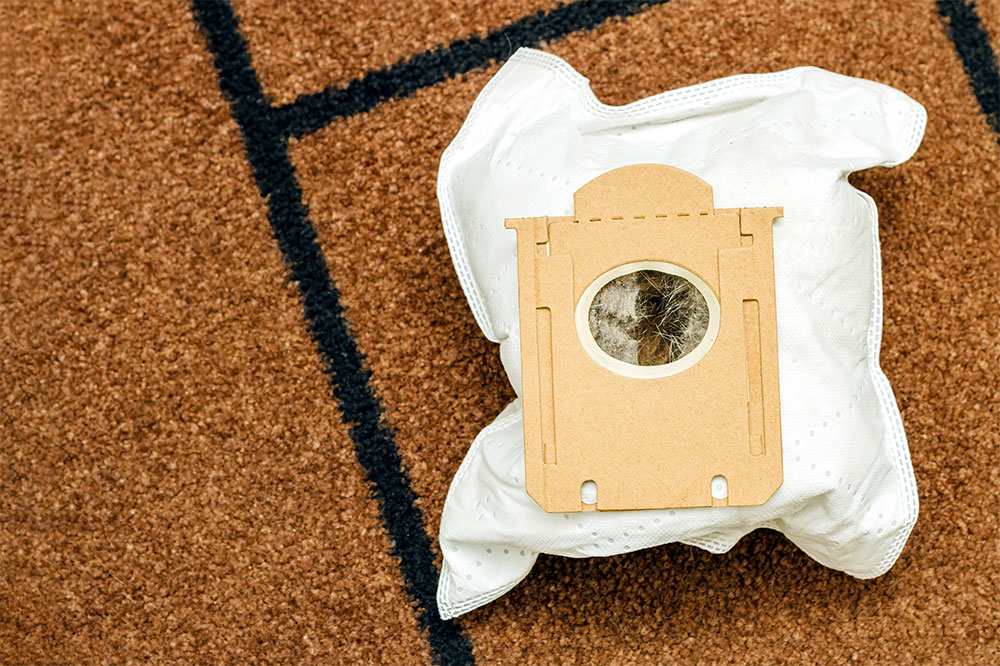Colon cancer – Early signs, causes, and diagnosis

Colon or colorectal cancer begins in the colon—the longest part of the large intestine. Along with the rectum, the colon makes up the lower end of the digestive system. Cancer in this region is the third most common form of the condition, with the American Cancer Society suggesting that 1 in 23 men and 1 in 25 women are at risk of developing the disease. Here, recognizing the signs can help one seek timely treatment.
Early signs
The early stages of colon cancer rarely cause visible symptoms. However, one may experience some of these early signs for about a year or two before they get a diagnosis.
Abdominal pain: Pain is a common cancer symptom. With colon cancer, one may observe tenderness in the lower abdomen as well.
Rectal bleeding: One may observe bright, red blood in the stool and persistent diarrhea as early signs of colon cancer.
Anemia: Colon cancer causes inflammation and blood loss, which results in iron deficiency, leading to anemia.
As the cancer progresses, one may start to experience some of the following symptoms, usually observable between stages 0 and 2:
Changes in bowel habits: Constipation and diarrhea are common early signs of the condition. Cancer in the colon can affect the frequency of bowel movements.
Changes in stool: One may observe changes in the shape, such as narrowed stool and color of the stool due to blood.
Bloating and cramps: Abdominal cramps, gas, and bloating are gastrointestinal issues developing in the early stages of colon cancer.
In the advanced stages, specifically in stage 3 or 4, symptoms like excessive fatigue, unexplained weakness, and loss of appetite. Further, the changes in stool may seem to last longer than a month. One may also experience constipation and a persistent feeling that the bowels aren’t completely empty. Vomiting is also a common symptom. When colon cancer starts to metastasize or spread to other parts of the body, the following signs may be observed:
– Jaundice, or yellow eyes and skin
– Swelling in the hands or feet
– Breathing difficulties
– Chronic headaches
– Blurry vision
– Bone fractures
Causes and risk factors
Colon cancer develops due to uncontrollable growth of cells in the colon. So, the cells lining the colon and rectum continue to grow and multiply at a faster rate than normal. In most cases, these cancer cells develop from polyps in the colon. It remains ulcer why or how these precancerous polyps develop in the colon. However, there has been substantial research that points towards the following risk factors that may increase the likelihood of colon cancer development.
– Following a nutritional regimen consisting of high-fat, high-calorie foods
– Having meals that include high portions of red meat and processed meat such as bacon, sausage, and lunchmeat
– Highly sedentary lifestyle devoid of physical activities
– Inflammatory bowel disease such as chronic ulcerative colitis and Crohn’s colitis
– Inherited conditions like Lynch syndrome and familial adenomatous polyposis
– Family history of colon and other kinds of cancer or polyps
– History of polyps such as adenomas, serrated polyps, or other types of polyps
These factors are not direct causes, so they only increase cancer risk and indicate the need to keep an eye out for early signs of colon cancer.
Diagnosis
Most of the symptoms of the condition overlap with other digestive system health disorders, which may not be as serious as colon cancer. Yet, one needs to err on the side of caution and consult a doctor if any of the signs persist for more than a couple of weeks. After testing and screenings, the doctor will be able to give the most accurate diagnosis and decide if further cancer screening will be required. Diagnosis usually begins with an investigation of the medical and family history to help the doctor learn about factors that may increase the risk of colon cancer. This is followed by a physical examination of the abdominal region. Then, a series of may be prescribed for accurate prognosis. Some of the common tests involved in the diagnosis of colon cancer include the following.
Colonoscopy: A small procedure that involves the insertion of a thin tube attached to a light and a camera. This tube enters the body through the anal region reaching the colon and the rectum. This helps in getting a closer look at the organs to help the doctor check for abnormal lumps or growth in the region.
Biopsy: This procedure is carried out if a mass or certain polyps are observed during the colonoscopy. During this surgical procedure, the doctor will extract a small part of the tissue from the mass or polyp and examine it under a microscope to check for the presence of cancerous cells.
CAT scan: A CT or CAT scan is similar to X-ray imaging; however, the scan results reveal more details regarding the insides of the organs. This test is usually carried out to determine how far the cancer has spread across the colon and rectum and see if the cancer has metastasized.
Ultrasound: This test involves moving a small wand around the abdominal area. Using sound waves, it shares pictures of the insides of the organs, including the colon, rectum, and stomach. These images can help one confirm the presence of cancerous cells and the extent of their spread.
Gene and protein tests: Biopsy tests are usually followed by protein and gene tests. The tissues extracted during the biopsy are tested for genes and proteins like KRAS, BRAF, MMR, and MSI—common cancer markers. This test helps in determining the line of treatment for colon cancer.
Additional tests may also be recommended to diagnose colon cancer and to determine which treatment options will work best. These tests include MRI scans, X-rays, and blood tests to check the presence and spread of cancer. In most cases, the symptoms and treatment methods are influenced by the stage of the cancer at the time of diagnosis.







